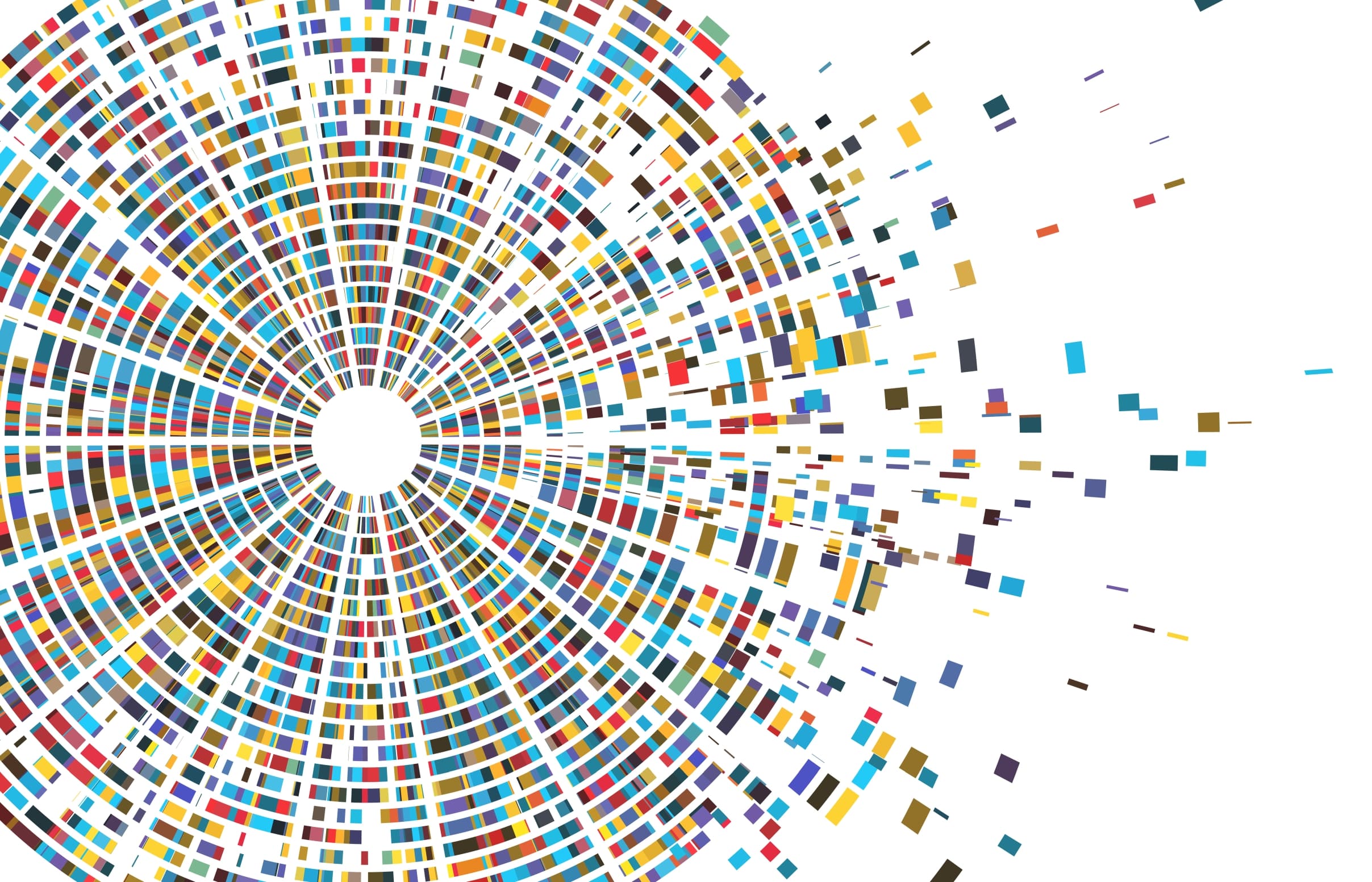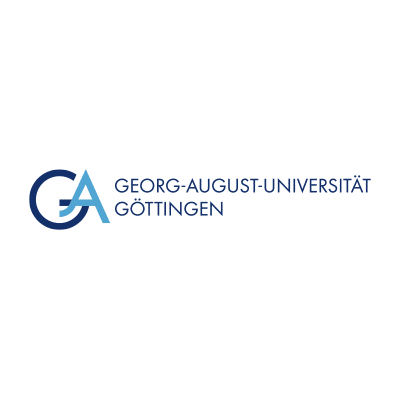
Successes
Scientific Publications with Universities
To determine the effectiveness of the therapy, we have had ourselves evaluated independently and scientifically accompanied from the very beginning. We have collaborated with the following universities:






Science and Research in Detail
For the evaluation, objective and subjective data on speech fluency were collected in all age groups. To do this, the affected individuals were recorded in standardized speaking situations at different, but fixed, points in time during stuttering therapy (phone calls, reading, conversation, and passer-by interviews from age 9). These recordings were objectively evaluated with regard to stuttered syllables (SIS). In addition, subjective feelings and assessments of stuttering individuals themselves in relation to their stuttering were recorded in the form of age-appropriate questionnaires (OASES).
The evaluations were carried out by the institute in cooperation with the respective universities.
Thus, for the age group of 13 years and older, 5-year follow-up data have already been published, and for the two child therapies between 6 to 9 and 9 to 12 years, 3-year follow-up data have been published respectively. Furthermore, neuroimaging studies on the use of soft speech have been conducted and published. There is also a comparative study between pure online therapy and hybrid therapy for adolescents and adults.
Fundamentally, it has been demonstrated for all forms of therapy that both objective and subjective data showed a significant positive effect with a large effect size. The effectiveness of online therapy is not inferior in any way.
The numerous studies and the rigorously proven positive effects and significant successes of the various forms of our stuttering therapies ultimately led to our concept being mentioned in the medical „S3 Guidelines for Speech Fluency Disorders“ and the speech restructuring approach of Kassel Stuttering Therapy being highly recommended.
In the German Medical Journal, the Kassel Stuttering Therapy is even specifically recommended: „… this is generally implemented by all procedures recommended in the guidelines, with the Kassel Stuttering Therapy being able to demonstrate the most evidence for Germany and internationally.“ (Deutsches Ärzteblatt | Vol. 114 | Issue 22-23 | June 5, 2017, p. 385).
(The S3 guidelines represent the highest level of recommendation for medical treatments, meaning that the guideline has undergone all elements of systematic development (logic, decision, and outcome analysis, evaluation of the clinical relevance of scientific studies, and regular review)).